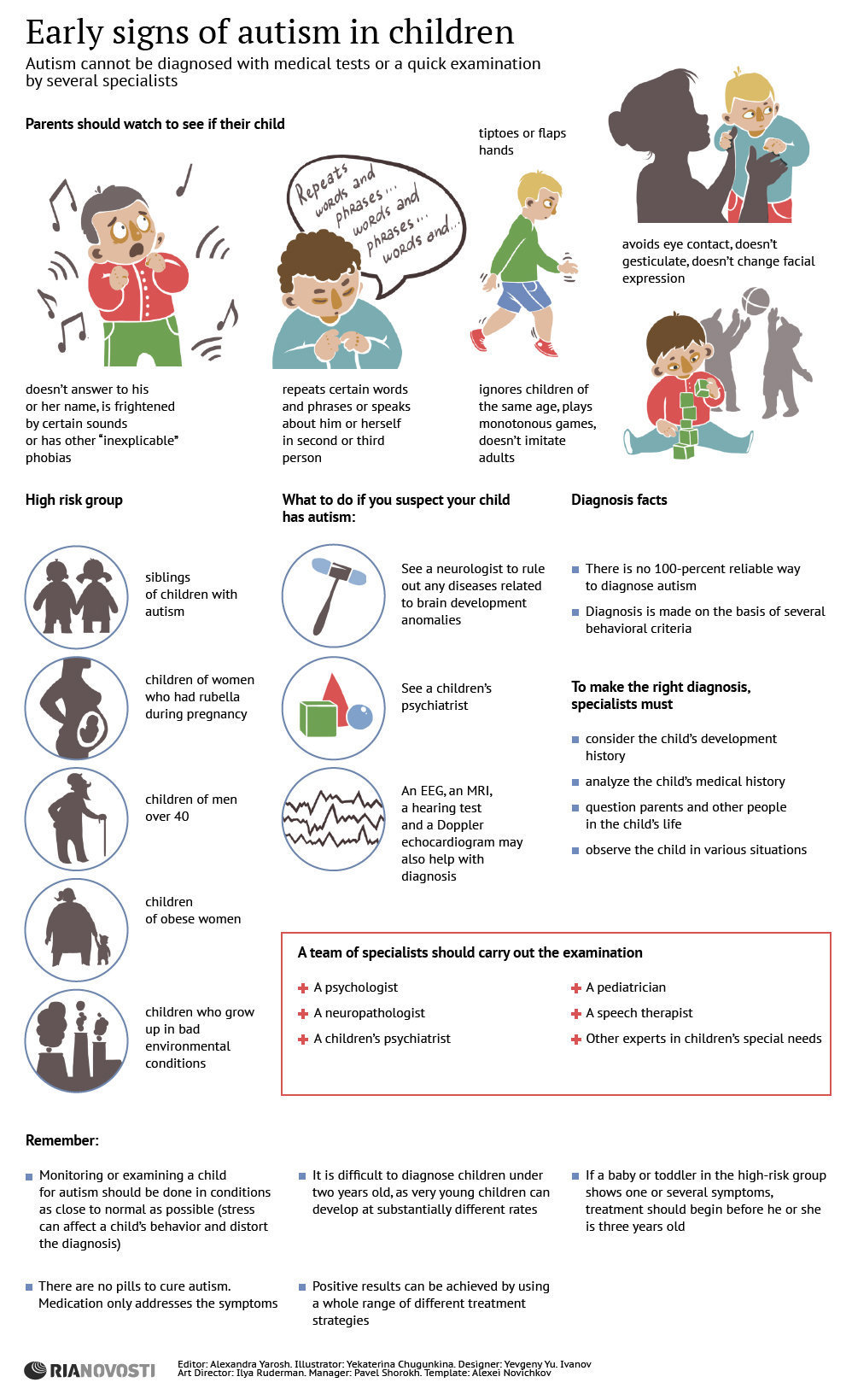How Do Mental Health Chatbots Work
How Do Mental Health Chatbots Work
Blog Article
Exactly How Do State Of Mind Stabilizers Job?
Mood stabilizers help to relax locations of the brain that are affected by bipolar illness. These drugs are most efficient when they are taken frequently.
It may take a while to discover the ideal drug that works best for you and your physician will certainly check your problem throughout treatment. This will include routine blood examinations and perhaps an adjustment in your prescription.
Neurotransmitter policy
Natural chemicals are a team of chemicals that manage each other in healthy and balanced individuals. When levels become unbalanced, this can cause state of mind problems like clinical depression, anxiety and mania. Mood stabilizers help to avoid these episodes by assisting control the equilibrium of these chemicals in the mind. They likewise might be made use of along with antidepressants to boost their performance.
Medications that work as mood stabilizers include lithium, anticonvulsants and antipsychotics. Lithium is possibly the most well known of these medicines and works by impacting the flow of sodium with nerve and muscle mass cells. It is usually utilized to deal with bipolar affective disorder, yet it can additionally be handy in dealing with various other state of mind problems. Anticonvulsants such as valproate, lamotrigine and carbamazepine are additionally reliable state of mind maintaining drugs.
It can spend some time to locate the appropriate sort of drug and dose for each and every individual. It is necessary to collaborate with your medical professional and take part in an open discussion regarding exactly how the medicine is helping you. This can be particularly useful if you're experiencing any type of side effects.
Ion channel modulation
Ion networks are a significant target of state of mind stabilizers and lots of various other medications. It is now well established that they are dynamic entities that can be regulated by a selection of exterior stimulations. Furthermore, the modulation of these channels can have a range of temporal results. At one extreme, adjustments in gating characteristics might be quick and instant, as in the nicotinic acetylcholine receptor/channel system. At the other end of the range, covalent alteration by healthy protein phosphorylation might result in changes in network feature that last much longer.
The field of ion channel inflection is getting in a duration of maturity. Recent researches have actually demonstrated that transcranial focused ultrasound (United States) can boost nerve cells by triggering mechanosensitive potassium and sodium networks installed within the cell membrane. This was demonstrated by shared networks holistic mental health services from the two-pore domain potassium family in Xenopus oocytes, and concentrated United States considerably modulated the existing moving with these channels at a holding voltage of -70 mV (appropriate panel, loved one result). The results are consistent with previous monitorings showing that antidepressants influencing Kv channels regulate glia-neuron communications to opposite depressive-like habits.
Neuroprotection
State of mind stabilizers, like lithium, valproic acid (VPA), and carbamazepine, are necessary in the therapy of bipolar affective disorder, which is characterized by recurrent episodes of mania and clinical depression. These medications have neuroprotective and anti-apoptotic residential properties that help to stop mobile damages, and they likewise enhance mobile durability and plasticity in dysfunctional synapses and neural wiring.
These safety actions of state of mind stabilizers might be mediated by their restraint of GSK-3, inositol signaling, and HDAC task. Furthermore, long-term lithium therapy secures against glutamate excitotoxicity in cultured neurons-- a model for neurodegenerative problems.
Researches of the molecular and cellular effects of state of mind stabilizers have actually shown that these medications have a variety of intracellular targets, consisting of several kinases and receptors, as well as epigenetic alterations. Refresher course is needed to determine if state of mind stabilizers have neurotrophic/neuroprotective actions that are cell kind or circuitry specific, and just how these results may enhance the rapid-acting restorative reaction of these representatives. This will help to develop brand-new, faster acting, extra efficient therapies for psychiatric ailments.
Intracellular signaling
Cell signaling is the process through which cells interact with their setting and other cells. It entails a sequence of action in which ligands communicate with membrane-associated receptors and bring about activation of intracellular pathways that manage important downstream mobile functions.
State of mind stabilizers act upon intracellular signaling with the activation of serine-threonine healthy protein kinases, resulting in the phosphorylation of substratum proteins. This turns on signaling cascades, causing changes in genetics expression and mobile function.
Several mood stabilizers (including lithium, valproate and lamotrigine) target intracellular signaling paths by inhibiting details phosphatases or triggering details kinases. These effects trigger a decline in the activity of these paths, which results in a decrease in the synthesis of certain chemicals that can impact the mind and lead to signs of clinical depression or mania.
Some mood stabilizers likewise function by enhancing the activity of the repressive neurotransmitter gamma-aminobutryic acid (GABA). This improves the GABAergic transmission in the mind and reduces neural activity, consequently generating a calming impact.